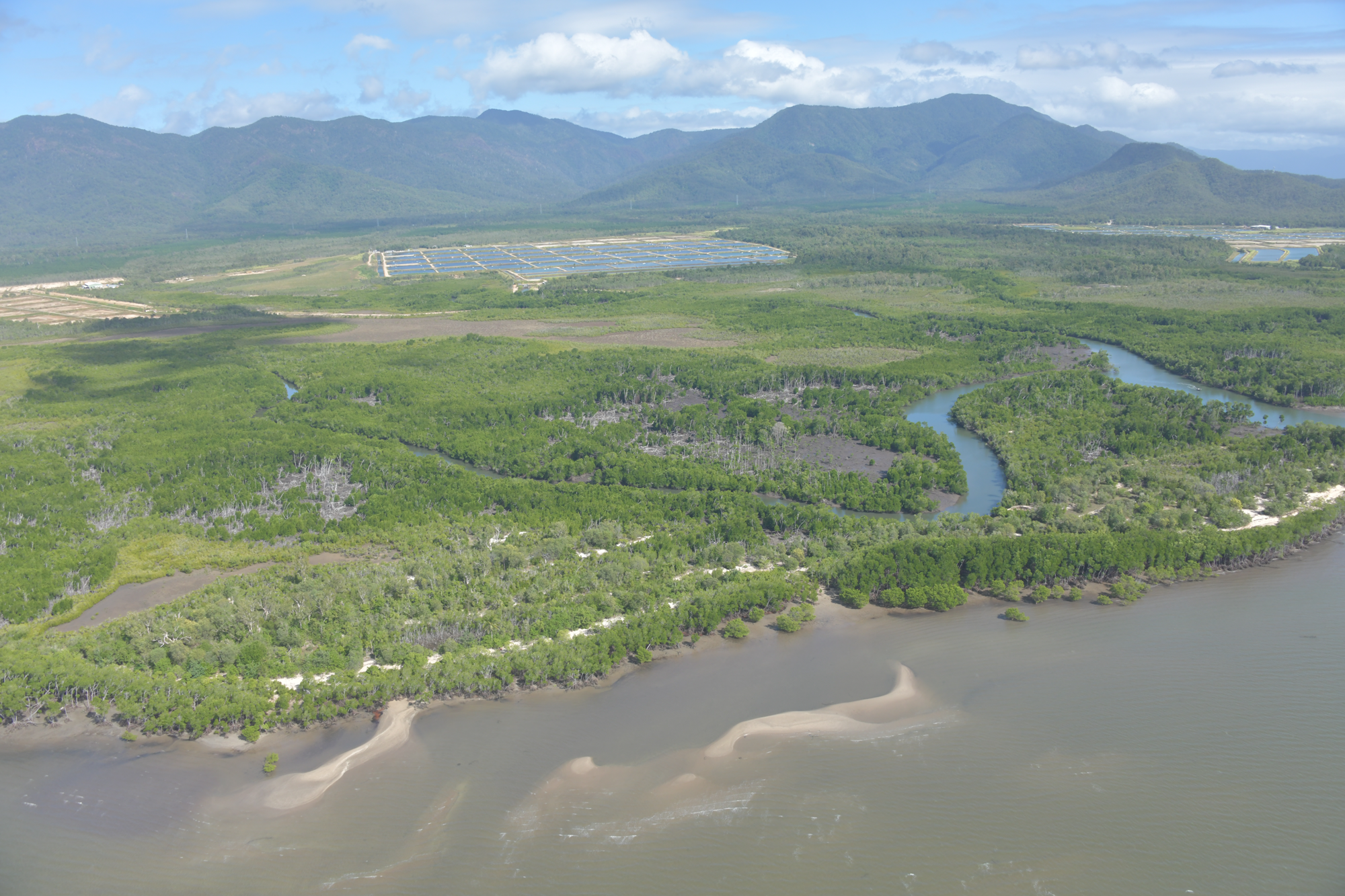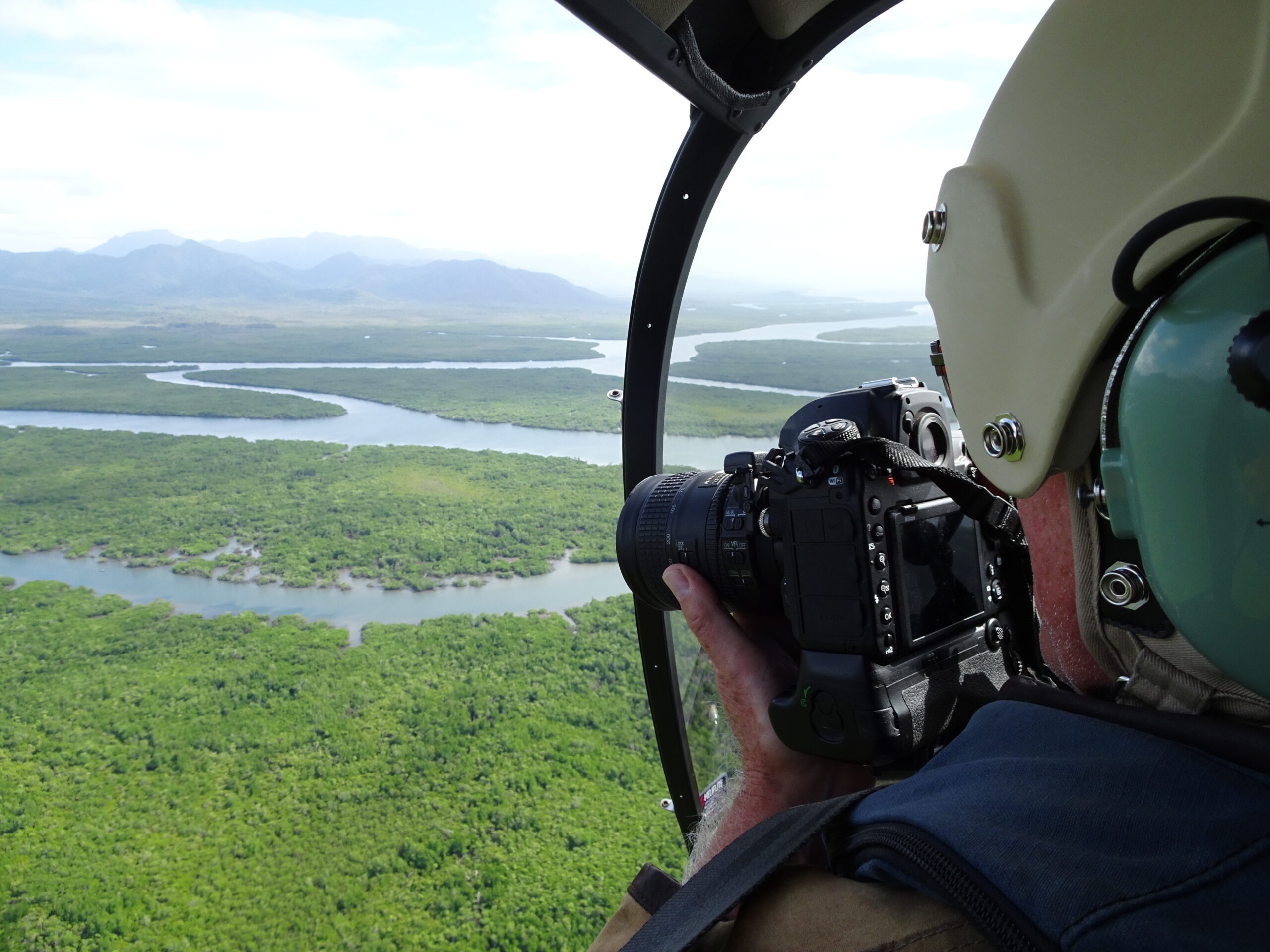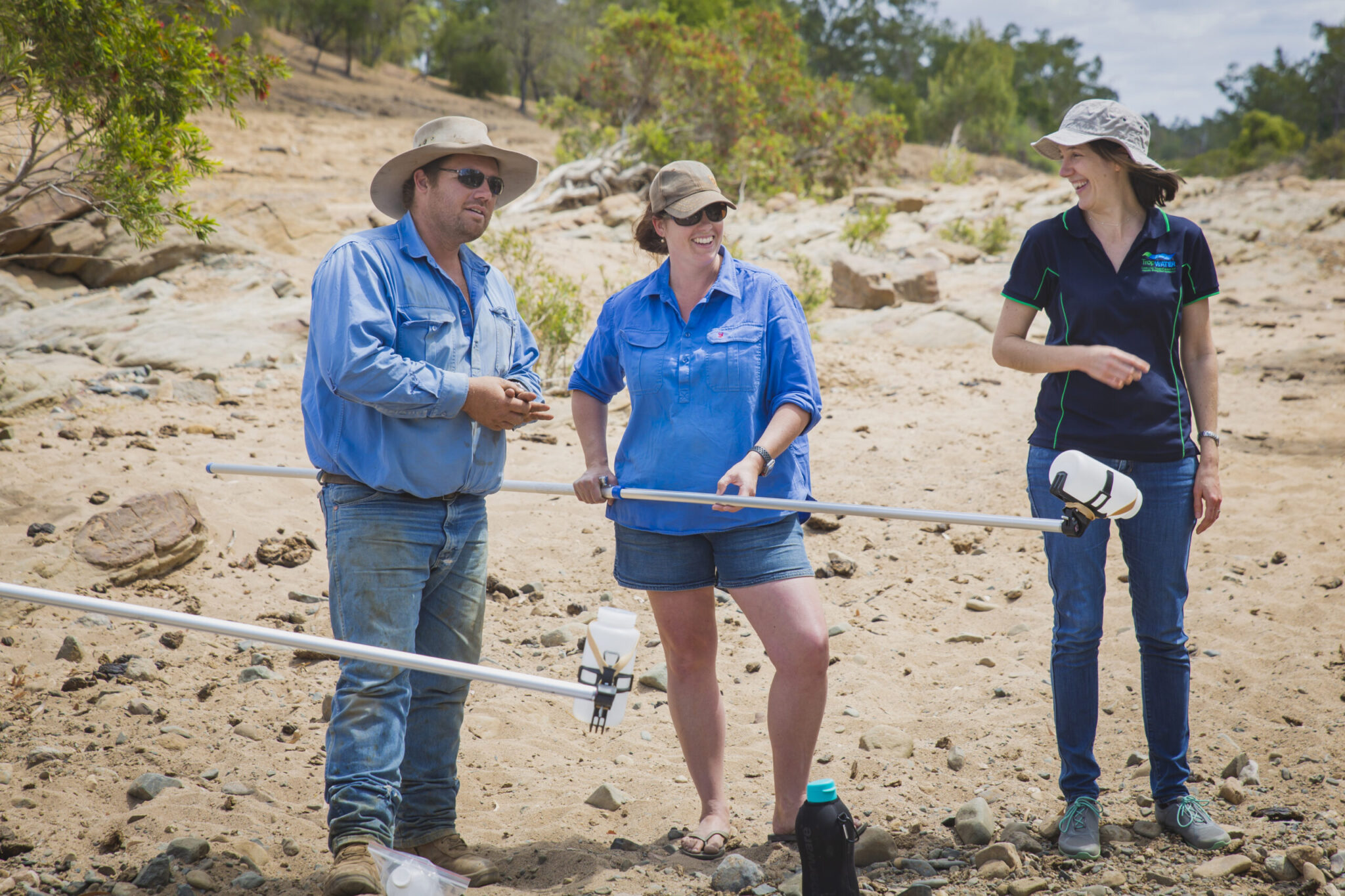James Cook University scientists are studying a previously unknown manta ray aggregation at Holbourne Island – capturing photographs of the mantas’ distinct markings and deploying satellite and acoustic tracking tags.
It’s the first satellite and acoustic tag to be deployed on a manta ray in the central area of the Great Barrier Reef, uncovering valuable insights on how mantas travel and connect with neighbouring habitats.
Funded by North Queensland Bulk Ports Corporation (NQBP), the JCU team will continue to work with Dr Adam Barnett and Ingo Miller from Biopixel Oceans Foundation (BOF) to uncover critical information about these elusive creatures.
The data from the tracking tags will feed into BioTracker and into a broader national research program ‘Project Manta’, which seeks to uncover manta behaviour, movement patterns and population dynamics in Australia.
The manta aggregation discovery was first made by Tony and Avril Ayling, experienced reef monitors and JCU alumni.
Researching the elusive gentle giants
Manta rays, known as the world’s largest rays, boast impressive wing spans of up to 7 meters and are often referred to as the gentle giants of the ocean.
Each manta ray has distinct markings on their underbelly, similar to a fingerprint. By capturing images of mantas’ underbelly, researchers can track individual mantas these unique identifiers.
Lead scientist of the JCU-NQBP coral monitoring program, JCU’s Dr Katie Chartrand, said with limited data on manta populations within the central Great Barrier Reef, the newly identified site offers a valuable opportunity to capture images of mantas and track population movements in the region.
“We know this manta aggregation at Holbourne Island is attributed to a cleaning station. This is where smaller fish species diligently remove dead skin, bacteria, and parasites from manta rays and other larger marine animals,” she said.
“These cleaning stations are fixed to where the cleaning fish set up shop, meaning we will be able to reliably document animals visiting over a long period of time.”
It’s the first satellite and acoustic tag to be deployed on a manta ray in the region, and will invaluable insight s on how mantas travel and connect with neighbouring habitats.
Research support research programs ‘Project Manta’ and ‘BioTracker’
Project Manta has over 1500 individuals recorded in the east coast database, with over 9000 photo-ID sightings. Through its comprehensive photo-ID sightings database and satellite and acoustic tracking tags, Project Manta will be able to fill key knowledge gaps about mantas in Australia.
BioTracker follows sharks and rays using satellite transmitters to learn more about movement and migration patterns, which helps to identify habitats key to their survival, their relationship with other marine animals, population dynamics, and their vulnerability to threats. A network of acoustic underwater receivers feedback additional information on finer-scale megafauna movements.
The Holbourne Island discovery, supported by the long-standing partnership between NQ Bulk Ports and JCU, enhances the research efforts of Project Manta and BioTracker.
NQBP’s has a long-standing marine monitoring partnership with JCU, with scientists undertaking extensive ambient marine environmental monitoring of water quality, coral and seagrass for more than two decades.



